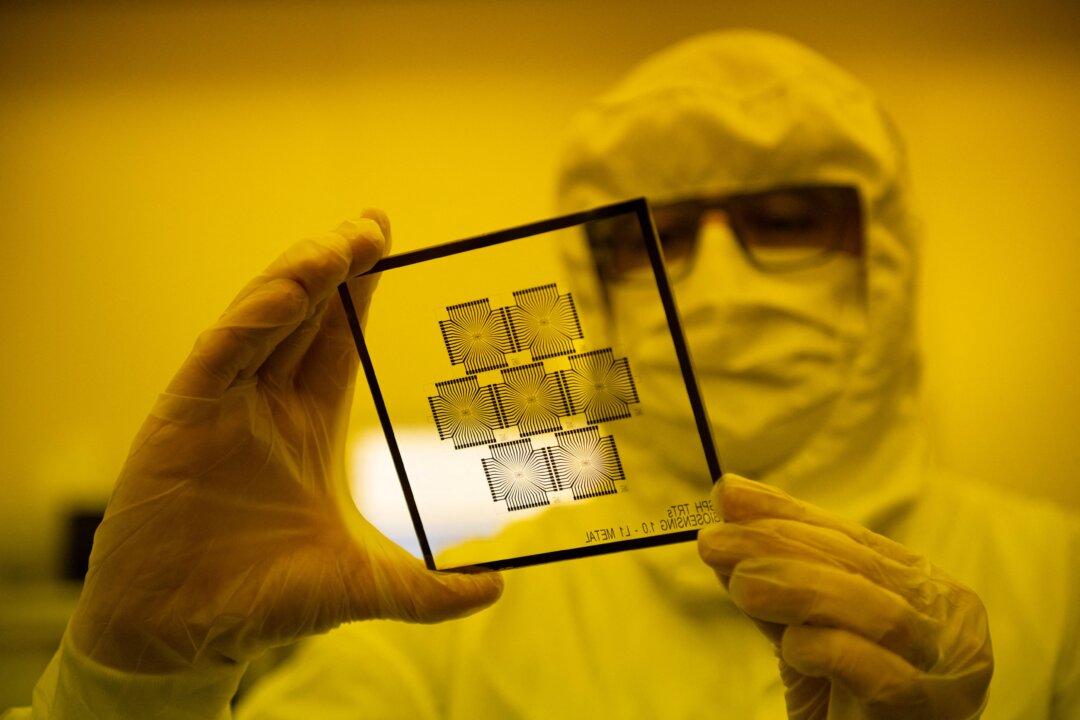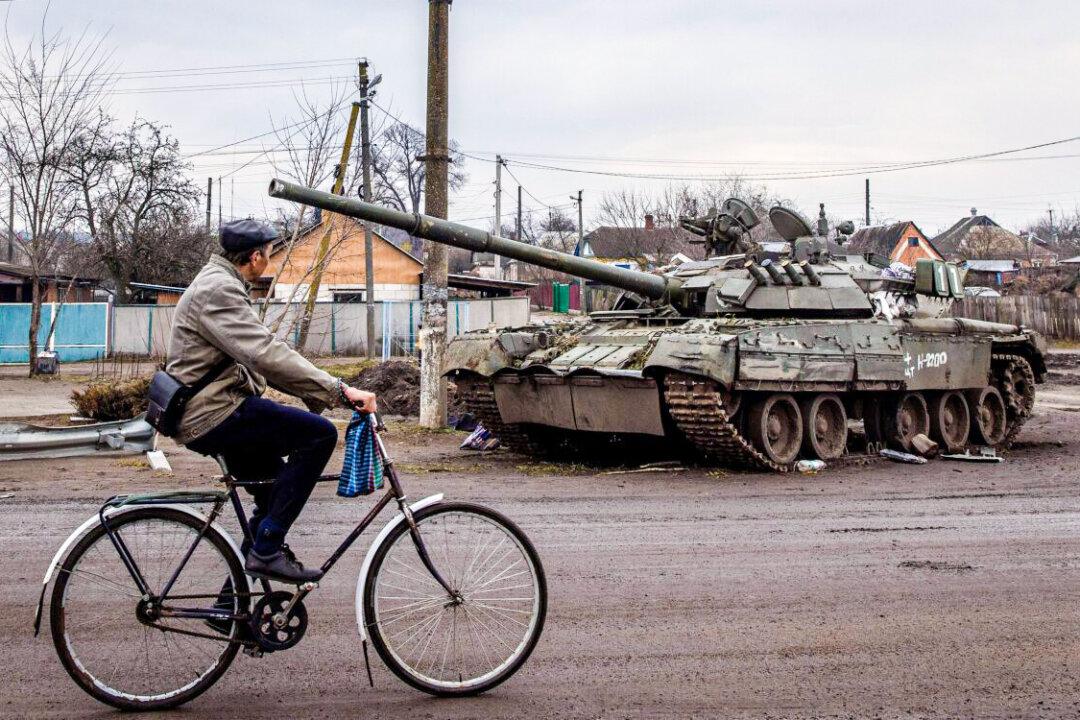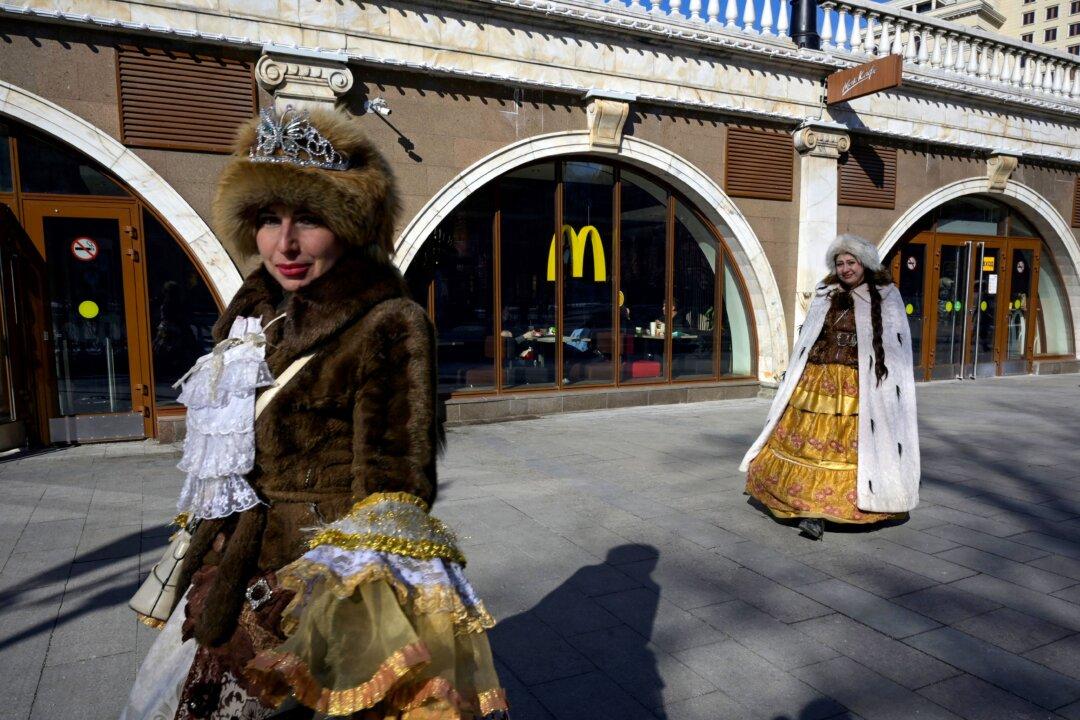In light of Russia’s invasion of Ukraine, the semiconductor industry has joined the collective group of entities declaring they won’t do business with Russia. The PHLX Semiconductor Index (SOX) dipped after the announcement, although a look at recent reports makes it clear that Russia isn’t a huge player in the field.
The Semiconductor Industry Association reported that Russia accounts for less than 0.1 percent of global chip purchases. In 2021, the broader Russian information and communications technologies market totaled around $50.3 billion, a mere fragment of the $4.47 trillion global market, per data from the International Data Corporation.





